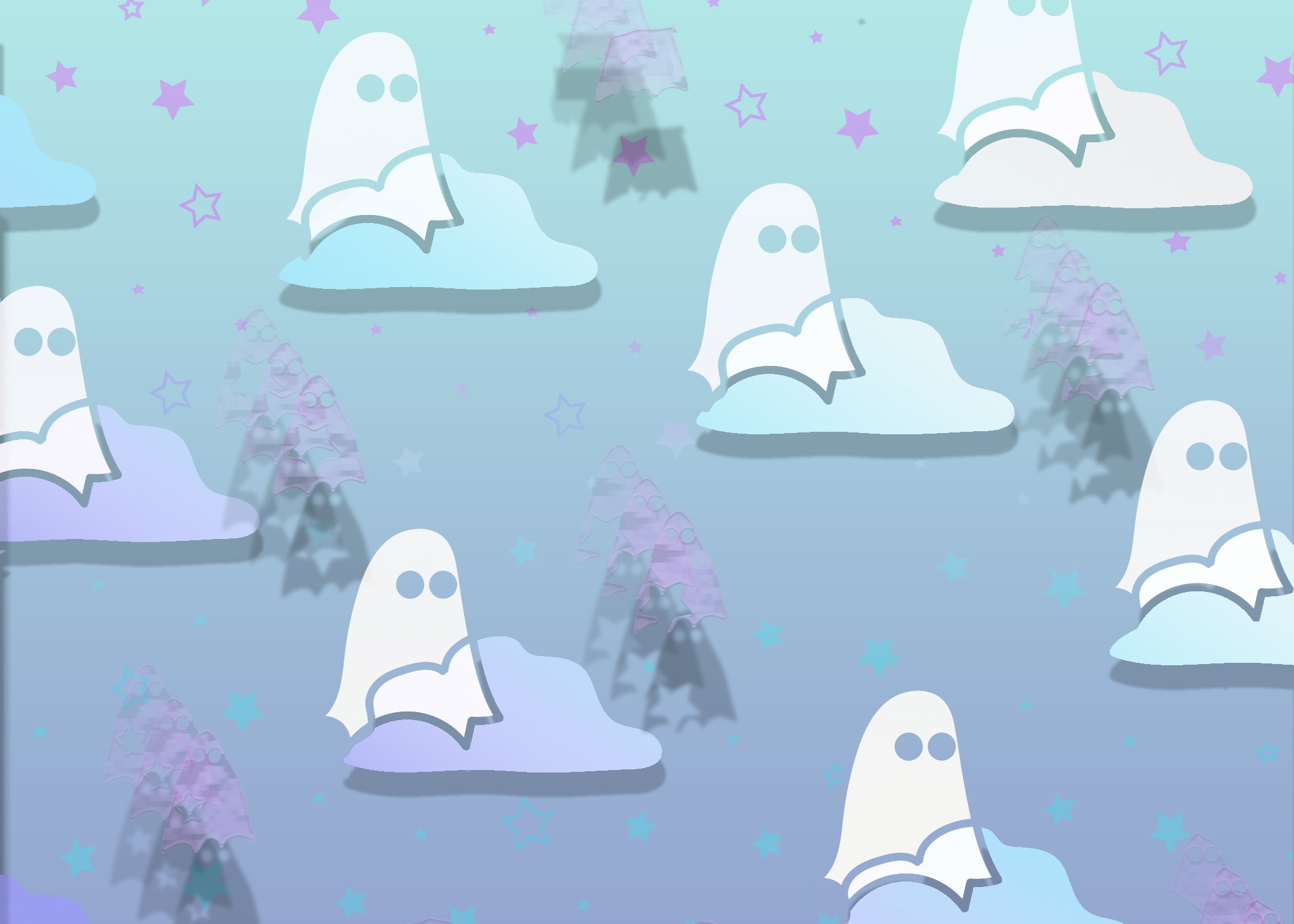A Career In The Arts: Idealized or Ideal?
Discussing the Nuances of pursuing an art career and dealing with jealousy
My whole life, I’ve wanted to be an artist. When I went to Fine Arts School, it wasn’t really talked about that many of us would end up working service industry jobs after graduation, making art “on the side.” Some of us have jobs in the arts, and maybe 1 or 2% are making art full-time—which, for most of us in my cohort, was the dream. Or at least, it’s what we imagined being a “real” artist meant.
Being an artist in America is wrapped up in a capitalistic narrative that says you’re not really one unless you can financially support yourself doing it. Which, let’s be real, not many people can. Logically, I know you’re an artist if you make art. But the competitiveness and scarcity mindset of capitalism tells us otherwise.
Even though I understand all of this, and I’m still quite young, I still beat myself up for not achieving what often feels like an impossible goal. That feeling of low self-worth only deepens when I get rejection emails week after week, when I compare myself to peers, scrolling through social media, and seeing handfuls of content romanticizing being a full-time artist.
If you’re an artist or creative, you’ve probably stumbled across YouTube videos with titles like:
“How I Made $15,000 This Month Selling My Art | You Can Do It Too!”
“A Day in the Life of a Self-Employed Artist”
“Financial Breakdown: How I Make Money as a Full-Time Artist”



Maybe these videos are algorithmically targeted just for me, but I have a feeling a lot of us see them.
The content is typically a dreamy montage: someone starts their day with matcha and journaling, makes a yummy breakfast, then dives into their art practice, documenting it all with aesthetic lighting and lo-fi music. They break for lunch, take a calming walk, open a PO box full of fan mail or free art, and go back to creating. I do enjoy watching this kind of content—it’s cozy, relaxing, and aspirational. But after watching, I often feel a wave of self-loathing or jealousy.
Why can’t that be me?
How do I get to that point?
Is that the dream and final form of an art career?
Those financial breakdown videos—juxtaposed with serene visuals of yoga, painting, and matcha—almost remind me of Andrew Tate content, if he were a mid-twenties artsy girl instead of a psychotic misogynist. I know that sounds extreme, but hear me out: both display a romanticized, curated version of their lives. Both say, “This lifestyle is accessible. You can have this too. Just work hard!!” And then he gets you to sign up for hustle university.
Now, to be clear, most cozy self-employed art YouTubers aren’t peddling pyramid schemes. But the message is still alluring: this isn’t just what I have, it’s something you can have too.
Is that true? I don’t know.



There’s one YouTuber I love, Uncomfy aka Tammy. I admire her so much: her words, her art, her energy, her apartment, her whole vibe. She’s definitely made the kind of videos I’m talking about. For a while, she was a major source of inspiration for me. But I’d also end up feeling inadequate after watching her. I’d wonder:
Why am I not mailing out hundreds of orders each weekend?
Why can’t I have that gorgeous apartment in Denver, that chill creative rhythm, that success?
Recently, Tammy posted a video announcing a big pivot. She shared that she’s no longer making handmade art as part of her business. Instead, she’s moving toward manufacturing goods and outsourcing labor. She opened up about the physical and emotional toll that making art all day took on her—how she often neglected eating, sleeping, and basic needs just to maintain the illusion of a cozy, effortless life.
Tammy seems genuine, and honestly, I’m so glad she shared that. It offered perspective. It reminded me that behind that aesthetic, there was real strain and sacrifice. It also made me feel less alone, less “incompetent” for not selling out my own shop every weekend.
(Though honestly, we shouldn't feel incompetent in the first place—but many of us do.)
In her video, Tammy also spoke about the emotional consequences of turning your passion into a business. She described the burnout that comes from making art prolifically, not for joy or expression, but purely to make money. That hit me hard.
Burnout is rough in any job. But when the thing burning you out is also the thing that gives your life meaning? That’s a different kind of grief.
Art is my solace. My sanctuary. My spiritual practice. It’s one of my reasons for being alive. If doing it started to feel like something that was hurting me—or if I had to stop altogether—I don’t know what I’d do.
So where do artists find balance within capitalism?
I think it would help if content creators shared more transparency around what their day-to-day really looks like. I’m sure it was hard for Tammy to come forward, especially given how much of her brand (and income) was tied to that image. But she did it. That’s brave.
I don’t have a clean conclusion. I don’t have a five-step plan for solving this tension. But I do think we need to keep talking about it—careers in the arts, what it actually means to be an artist, and why certain creative lifestyles get romanticized in the first place.
Just some food for thought. And it might take a while to chew.



